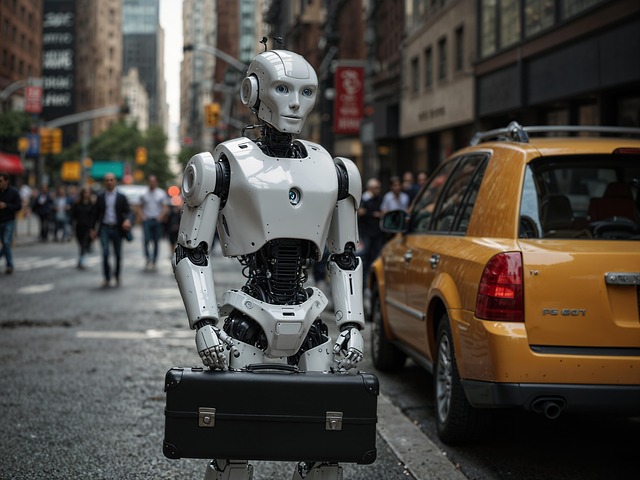
Photo by ThisIsEngineering via Pexels
Introduction: The Automation Wave Reshaping Employment
Nearly 9 out of 10 senior HR leaders expect AI to reshape jobs in 2026, per November 2025 CNBC survey. Goldman Sachs pilots Devin AI agent for software engineering. Lufthansa plans eliminating 4,000 jobs. McKinsey estimates generative AI could automate 30% of work hours in US economy.
Gen Z faces uniquely challenging workforce entry: traditional entry-level positions are vanishing, automated by AI agents.
The Numbers: AI’s Workplace Impact by 2030
World Economic Forum’s 2025 Future of Jobs Report:
- 92 million roles displaced by 2030
- 78 million new jobs created (net loss: 14 million)
- 50% of workers require reskilling by 2027
- 44% of skills disrupted in next 5 years
Which Jobs Face Greatest Risk?
High Automation Risk (60-90%)
- Data Entry Specialists – 90%
- Customer Service Representatives – 85%
- Telemarketers – 85%
- Bookkeepers and Accounting Clerks – 80%
- Administrative Assistants – 75%
- Paralegals – 75%
Medium Risk (30-60%)
Software Developers, Financial Analysts, Journalists, Graphic Designers, Accountants
Low Risk (10-30%)
Healthcare Practitioners, Educators, Social Workers, Skilled Trades, Creative Directors
The Entry-Level Job Crisis
Traditional Career Path Breaks Down:
- Entry-level position performing routine tasks → AUTOMATED
- Learn culture and knowledge → NO ENTRY POINT
- Develop skills through experience → SKILLS GAP
- Progress to judgment-based roles → IMPOSSIBLE WITHOUT STEP 1
The Experience Paradox: Entry-level jobs require experience, but experience can’t be gained without entry-level jobs.
Industry-Specific Automation Patterns
Technology: 40-60% of tasks automated
Professional Services: 35-55% automated
Healthcare: 20-40% (administrative higher than clinical)
Manufacturing: 50-70% automated
Creative Industries: 25-45% automated
Worker Adaptation Strategies
What Workers Must Learn
Technical Literacy:
- AI tool mastery and prompt engineering
- Data literacy and interpretation
- Digital collaboration skills
Human-Centric Skills:
- Complex problem-solving
- Emotional intelligence
- Strategic thinking and judgment
- Creative and innovative thinking
Organizational Responsibilities
Ethical AI Deployment:
- Transparent communication about AI strategy
- Augment before replacing workers
- Redeployment before termination
- Upskilling investment (2-5% of payroll)
- Career counseling and planning
Policy Considerations
Emerging Discussions:
- Universal Basic Income pilot programs
- Government-funded reskilling initiatives
- AI taxation proposals
- Four-day work week experiments
Conclusion: Navigating the Transformation
89% of jobs will be impacted by AI by 2026—but “impacted” doesn’t mean “eliminated.” Most roles will transform, combining human capabilities with AI augmentation.
The Challenge: Managing transition without massive societal disruption
The Opportunity: Unprecedented productivity gains freeing humans for meaningful work
The Reality: Transition will be painful, particularly for routine cognitive roles and Gen Z
Organizations and individuals that proactively adapt will thrive. Those that resist will find themselves marginalized in an AI-augmented economy.
Sources: CNBC, SHRM, McKinsey, PwC, World Economic Forum, Gartner
